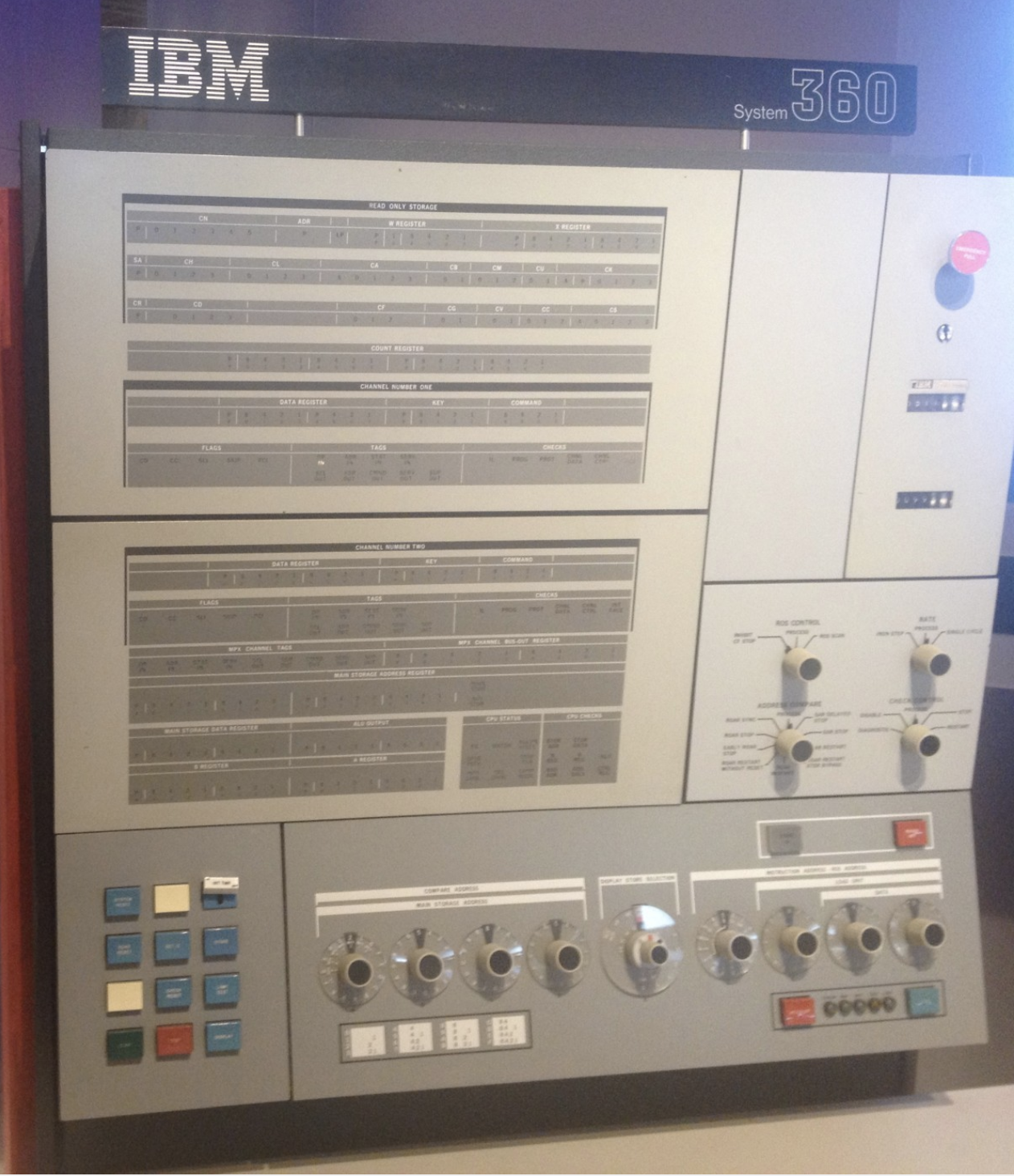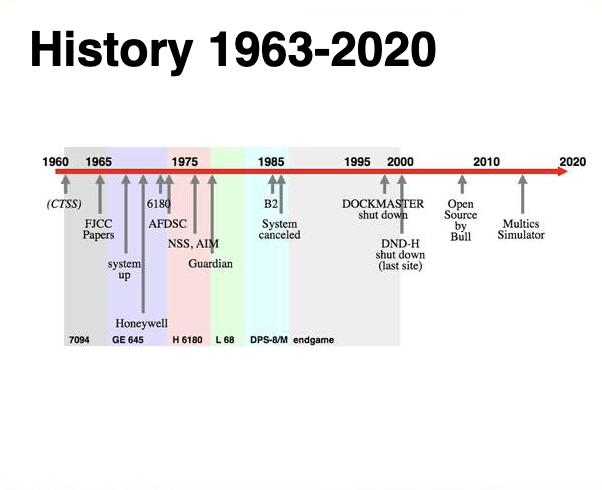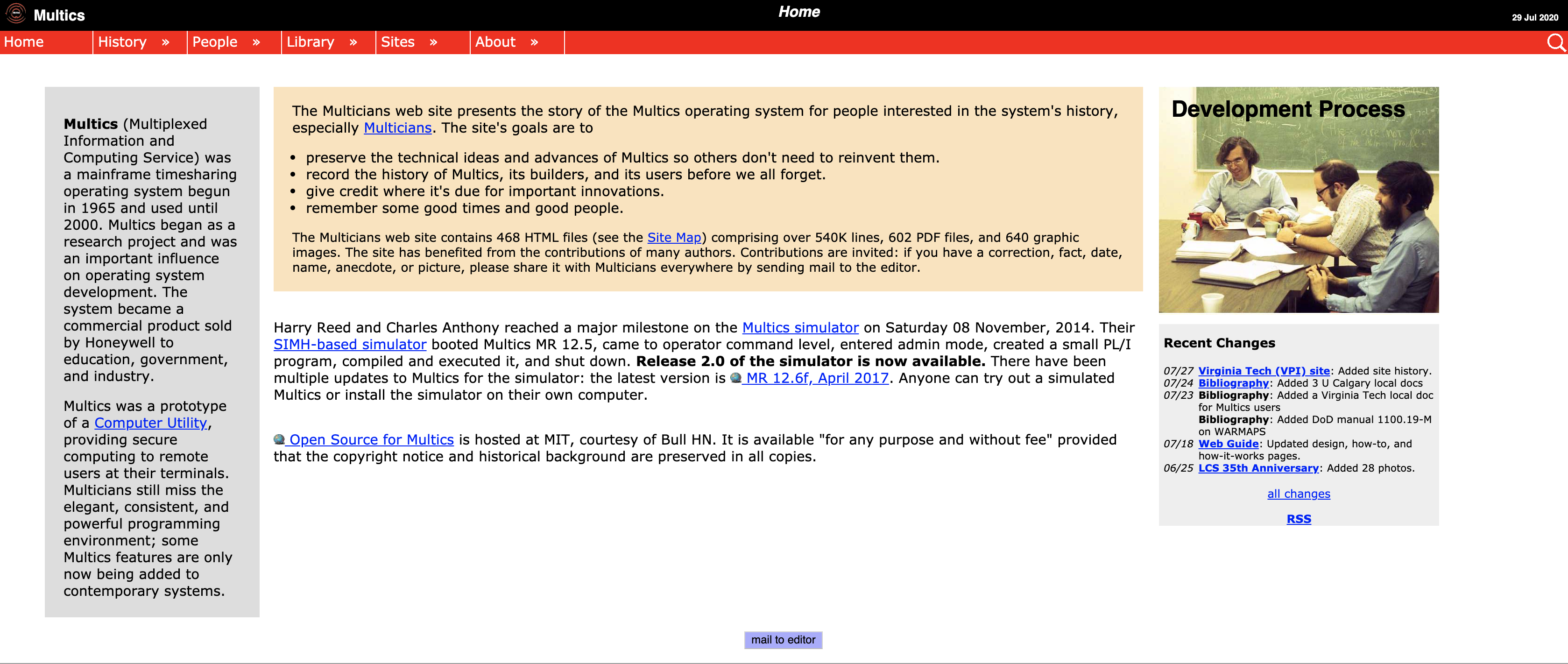Operating Systerms Design and Implementation Notes
3. MINIX
By Jiawei Wang

In 1964, IBM announced the launch of a total of six specifications of the System 360 series of computers (the price ranges from the lowest 130,000 dollars to the top version asking for 5.5 million dollars)
The Greatness of System 360 is not that it has any superior
design or performance (although it did excel in this field at the time),
but that it completely reversed people’s overall understanding of
computer systems. Starting with the System 360 series, compatibility
between different hosts and different models has become the fundamental
value of the information industry, and each “computer” has since become
a set of “computer systems” with fixed specifications.
That also means the development of peripherals such as watch
machines, software, and memory finally has profitable value (there are
fixed specifications between computers, so that peripherals can be
universally compatible with them), and IBM has created the entire
industry almost exclusively by hand.
1. The Problem of Systerm/360
The greatest strength of the ‘‘one family’’ idea was
simultaneously its greatest weakness. The intention was that all
software, including the operating system, OS/360, had to work on all
models. It had to run on small systems.
There was no way that IBM
(or anybody else) could write a piece of software to meet all those
conflicting requirements. The result was an enormous and extraordinarily
complex operating system, probably two to three orders of magnitude
larger than FMS. It consisted of millions of lines of assembly language
written by thousands of programmers, and contained thousands upon
thousands of bugs, which necessitated a continuous stream of new
releases in an attempt to correct them. Each new release fixed some bugs
and introduced new ones, so the number of bugs probably remained
constant in time.
Although third-generation
operating systems were well suited for big scientific calculations and
massive commercial data processing runs, they were still basically batch
systems.
Many programmers pined for the
first-generation days when they had the machine all to themselves for a
few hours, so they could debug their programs quickly. With
third-generation systems, the time between submitting a job and getting
back the output was often hours, so a single misplaced comma could cause
a compilation to fail, and the programmer to waste half a day.
2. CTSS and MULTICS
This desire for quick response time paved the way for
timesharing, a variant of multiprogramming, in which each user has an
online terminal. In a timesharing system, if 20 users are logged in and
17 of them are thinking or talking or drinking coffee, the CPU can be
allocated in turn to the three jobs that want service. Since people
debugging programs usually issue short commands (e.g., compile a five
page procedure) rather than long ones (e.g., sort a million-record
file), the computer can provide fast, interactive service to a number of
users and perhaps also work on big batch jobs in the background when the
CPU is otherwise idle.
The first serious timesharing system,
CTSS (Compatible Time Sharing System), was developed at M.I.T. on a
specially modified 7094 (Corbato ́et al., 1962).
After the success of the CTSS system, MIT, Bell Labs, and
General Electric decided to embark on the development of a ‘‘computer
utility,’’ a machine that would support hundreds of simultaneous
timesharing users.
> Their model was the
electricity distribution system—when you need electric power, you just
stick a plug in the wall, and within reason, as much power as you need
will be there.
The designers of this system, known as MULTICS (MULTiplexed
Information and Computing Service), envisioned one huge machine
providing computing power for everyone in the Boston area.
It was
designed to support hundreds of users on a machine only slightly more
powerful than an Intel 80386-based PC. In addition, MULTICS was
enormously ambitious for its time, much like Charles Babbage’s
analytical engine in the nineteenth century.
3. Unix
MULTICS introduced many seminal ideas into the computer
literature.
But turning it into a serious product and a commercial
success was a lot harder than anyone had expected.
In 1969, Bell Labs dropped out of the project. Then General
Electric quit the computer business altogether.
However, M.I.T. persisted and eventually got MULTICS
working.
It was ultimately sold as a commercial product by the company that bought GE’s computer business (Honeywell) and installed by about 80 major companies and universities worldwide. While their numbers were small.
MULTICS users were fiercely loyal. General Motors, Ford, and the U.S. National Security Agency, for example, only shut down their MULTICS systems in the late 1990s. The last MULTICS running, at the Canadian Department of National Defence, shut down in October 2000.

Despite its lack of commercial success, MULTICS had a huge
influence on subsequent operating systems.
One of the computer scientists at Bell Labs who had worked on
the MULTICS project, Ken Thompson, subsequently found a small PDP-7
minicomputer that no one was using and set out to write a stripped-down,
one-user version of MULTICS. This work later developed into the UNIX
operating system, which became popular in the academic world, with
government agencies, and with many companies.
Another major development during the third generation was the phenomenal growth of minicomputers, starting with the Digital Equipment Company (DEC) PDP-1 in 1961. The PDP-1 had only 4K of 18-bit words, but at $120,000 per ma- chine (less than 5 percent of the price of a 7094), it sold like hotcakes. For certain kinds of nonnumerical work, it was almost as fast as the 7094 and gave birth to a whole new industry. It was quickly followed by a series of other PDPs (unlike IBM’s family, all incompatible) culminating in the PDP-11.
4. Minix
When UNIX was young (Version 6), the source code was widely
available, under AT&T license, and frequently studied. John Lions,
of the University of New South Wales in Australia, even wrote a little
booklet describing its operation, line by line (Lions, 1996). This
booklet was used (with permission of AT&T) as a text in many
university operating system courses. J.lions
Unix
But When AT&T released Version 7, it dimly began to realize that UNIX was a valuable commercial product, so it issued Version 7 with a license that prohibited the source code from being studied in courses, in order to avoid endangering its status as a trade secret. Many universities complied by simply dropping the study of UNIX and teaching only theory.
To remedy this situation, one of the authors of this book
(Tanenbaum) decided to write a new operating system from scratch that
would be compatible with UNIX from the user’s point of view, but
completely different on the inside. By not using even one line of
AT&T code, this system avoided the licensing restrictions, so it
could be used for class or individual study. In this manner, readers
could dissect a real operating system to see what is inside, just as
biology students dissect frogs. It was called MINIX and was released in
1987 with its complete source code for anyone to study or
modify.
Comparing with Unix. Minix has these advantages: * The name MINIX stands for mini-UNIX. Because it is small enough (In Minix3. It only has about 4000 lines C codes) * UNIX was designed to be efficient. But MINIX was designed to be readable.
In the Next Note. We will continue talk about The Development of Computer Oprating Systerm


